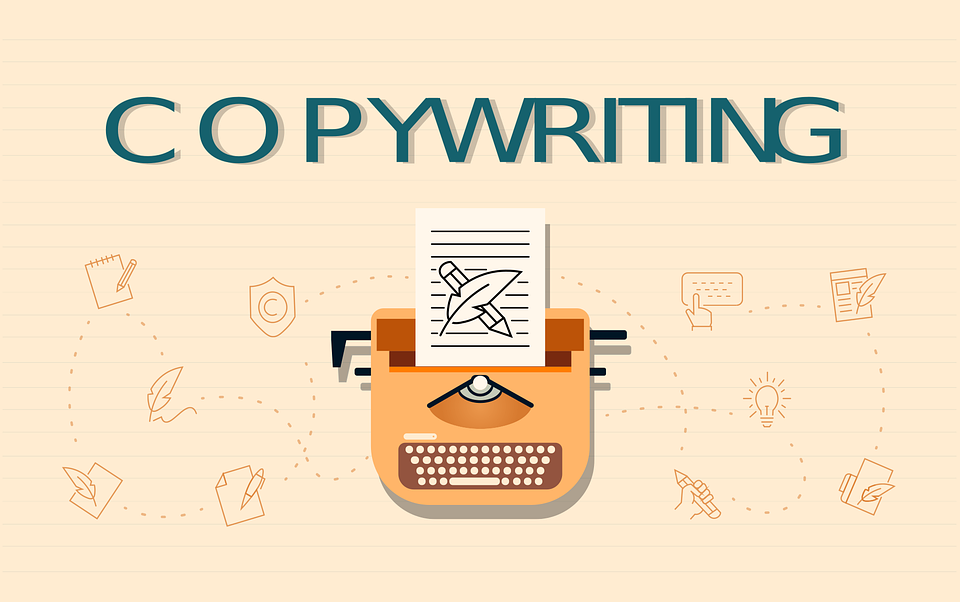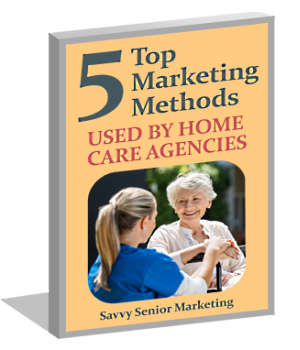The mortgage banker could not understand what I was saying.
“I’m a copywriter,” I said.
“A what?”
I might as well have said “a screwdriver.”
“A copywriter,” I repeated. “I put words together that make people buy stuff.”
He was one of my prospects who became a client of my pay-per-click service. In the marketing world, the word copy refers to content that you write, whether it is a sales letter, email, website page, or whatever.
But he just wasn’t getting it.
Maybe I should have just lied and said, “insurance salesman,” “auto mechanic,” or “dentist.” Much easier to understand.
Like ghosts
You see, we copywriters are like ghosts. We provide the arguments, the persuasion, the human stories and the driving force for selling things that you see in those ten thousand or so ads that each of us, we’re told, is exposed to in a single day.
And copywriting itself is a skill that is more obscurely-known than oyster-diving, for example.
I can write, you might be saying to yourself at this point.
Yes, but can you sell your home care service? Do you know the triggers to pull? Or how to identify the hopes and fears of this audience and address them so that they buy your home care service?
Can you write consistently good copy, week after week?
There’s more to copywriting than sitting down at a keyboard.
Thus, I present here the four secrets of copywriting. They are secrets because they lurk in the background of the sales pitches that we read, and no one seems to recognize the secret sauce within.
The four secrets of knock ’em dead copy
- Inform and Entertain. You must know what will make your reader draw in your ad copy like an angler with a big fish. A home care agency owner I know told me recently, “I tell a story about my family in every newsletter I send.” He mails a monthly printed newsletter to his clients and prospects. “It’s the family story that they remember,” he says.
- Don’t be salesy. People like to buy, but they don’t like to be sold. Thus, don’t come on too strong. Follow the 80/20 rule. This means 80% content and 20% sales (or less). Mention the topic of interest itself at first, not you.
- Repeat your mailings. For some reason, some businesses judge a campaign a failure if it does not get good results with one missive. Read any book on sales and see that it takes eight to twelve “touches” of a salesman to sell their goods. (Even twelve is optimistic.)
- Make your list big enough. If you have only thirty names on your email or street address list, I’m sorry, but that’s not enough. Three hundred would be good. Although a campaign through the US mail would probably need less.
Copywriting can win
Finally, these techniques work. I have gotten new paying clients who have had no contact with me other than through my automated emails. (And I scraped their emails off the internet.)
I will get a phone call, and they feel they know me and feel assured of my skills and credibility.
My copywriting has earned its keep.
If you are a crack copywriter and love to craft compelling sales letters (and have the time to do so), then go ahead and bang out your stories and get clients. But if you lack the time or the skill, hire someone like me.
(Image by emerson23work, Pixabay)


